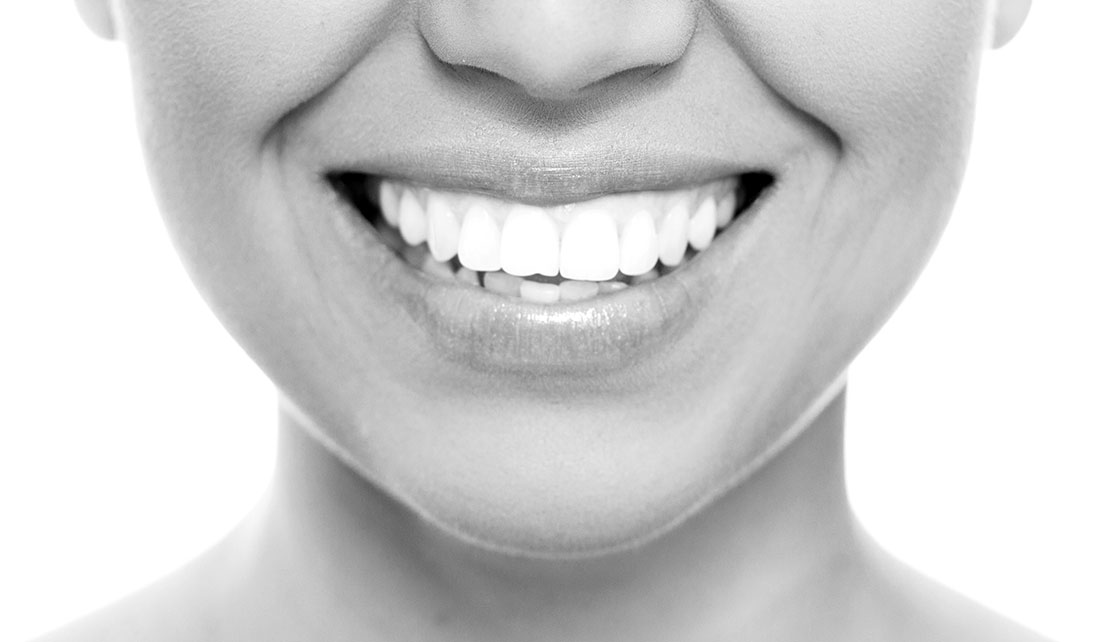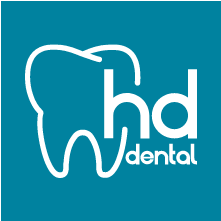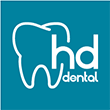
cost estimate
Create a cost and healing plan
Create a cost and healing plan after dental evaluation
At your first visit to the clinic all general, chronic and infectious illnesses are documented on the medical history form. Some illnesses influence the healing process, whereas others can influence the treatment or even make it impossible. Based on the results the cost and healing plan can be created.
The dentist will check if there are any diseases on teeth or mouth which the patient might not even know about; how the teeth are positioned; if there are any fillings, crowns or bridges; the condition of the gums and jaw bones, etc. In most cases it will be necessary to take x-rays to round out the examination. Only if the tooth is healthy down to its roots and is solidly placed in the gum and jaw bone can it help support a bridge for example. Sometimes further medical or laboratory examinations might be required. That only happens occasionally but when it does they are especially important.
Create a cost and healing plan based on certain documents
The cost and healing plan can also be created without the patient present, if there is a different plan or a current panorama x-ray available. Send us one of those documents by mail, email or fax and you will get an estimate from us within days.
The cost and healing plan can sometimes contain several options since most of the time there are different treatments possible, that differ greatly in function, durability, comfort in wearing, aesthetics and price. The decision which one is the best option depends on several factors: number, position and condition of existing teeth; age, occupation, gender of the patient; as well as their desires, financial means, illnesses, etc.
The treatment plan is also very important because of the scheduling of treatments. Dental replacement is often the conclusion of a series of logical and necessary – more or less- complex previous treatments (extraction, periodontal or root treatments). Sometimes it makes most sense to have those done at home because of timing issues.
Approval
Subsidy system based on diagnostic findings
The subsidy amount depends on the diagnoses and not on the chosen form of dental replacement. That means: For a certain diagnosis there is always the same subsidy amount, regardless of which dental replacement the patient chooses.
This subsidy system, which revolves around diagnostic findings, is based on the fact that modern dental medicine offers several treatment options for the same diagnosis. This system isn’t focused on the dental replacement itself but rather on the diagnosis, meaning on the amount of damage to the teeth or rather the amount and position of the missing teeth.
The set subsidy covers between 50-65% (depending on the bonus) of the average cost for a regular treatment. That’s the treatment that is the standard treatment for the present diagnosis. The patient has more options to choose from than before because he/she will receive a subsidy even for treatments that used to not be covered by insurances.
This can be shown with the help of a simple example: If a molar is mostly destroyed it can be covered with a full metal crown (standard treatment). Total cost: 250€. Subsidy: 115€, co-payment: 135€. If the patient decides to get a tooth-colored, porcelain plaited crown (400€), he/she will have to cover the extra costs that occur because of it. In that case the co-payment will be 285€. Similarly the patient could decide to have in implant treatment instead of a bridge. Implants are still a personally covered treatment but insurances partially pay for the build-up.
Approval of the cost and healing plan
The cost and healing plan also documents the tooth status, the planned treatment and estimated cost. It is the basis for the insurance’s decision how high the subsidy will be. Usually it has to been filed before the treatment. If not, the subsidy might be in jeopardy. The approved plan is valid for 6 months. The dental treatment has to be started during that time frame.
Dentist appointment
Nothing is easier. Schedule an appointment online. Or you can call or email us to make an appointment.
Get information
Once the cost and healing plan has been approved, the treatment can begin. Get all the information about the estimated duration of the treatment, as well as the cost. If you have further questions, please ask. We strive to inform out patients as well as possible.
Service from HD-Dental
Our service includes airport transfer from the airports in Vienna and Bratislava. We can be reached from many European cities within 2 hours, at reasonable cost. Our patients can be picked up from the airport upon request and of course taken back there later.
If a stay of several days is necessary, we can also organize an accommodation for you. You just have to pick from the different accommodation types (guest house, apartment, B&B, Hotel) and we will take care of the rest.
Treatment duration
Duration of the most common treatments:
| Oral hygiene, fillings, smaller surgical treatments: | 1 appointment |
| Implants: | 2-3 work days (1 appointment + check-up) |
| Crowns, bridges, inlays: | 5-8 work days (2-4 appointments) |
| Combined treatments, telescopic bridges, dentures: | 10 work days (4-5 appointments) |
Important note: For complex or complicated treatments if is often advisable to allow more time than strictly necessary, so that if there are any adjustments that need to be made they can still be made here.
Cost summary
Price comparison
Every year about 200,000 people come to Hungary to get their teeth worked on. These charts should make it obvious why Hungary has been the main destination for dental tourism for several years.
Dentist salaries, salaries, laboratory costs and all operating costs are much lower than in Germany or Austria. To maintain a high quality standard we use the same materials and methods. The difference in prices is still very large: you can save between 30-70%
Crown, bridge


Implants

Implants are still considered a privately covered treatment but the build-up, so the dental restoration, is subsidized by insurances.
Partial dentures


Telescopic bridge denture


Private insurances and government insurances in Germany, as well as some in Austria, subsidize dental treatments of their patients. Regardless of where (in Europe) the treatment takes place. Once you deduct the insurance payment from the final cost, the price difference becomes even more astonishing.
media

 AT: +43 676 933 3778
AT: +43 676 933 3778
